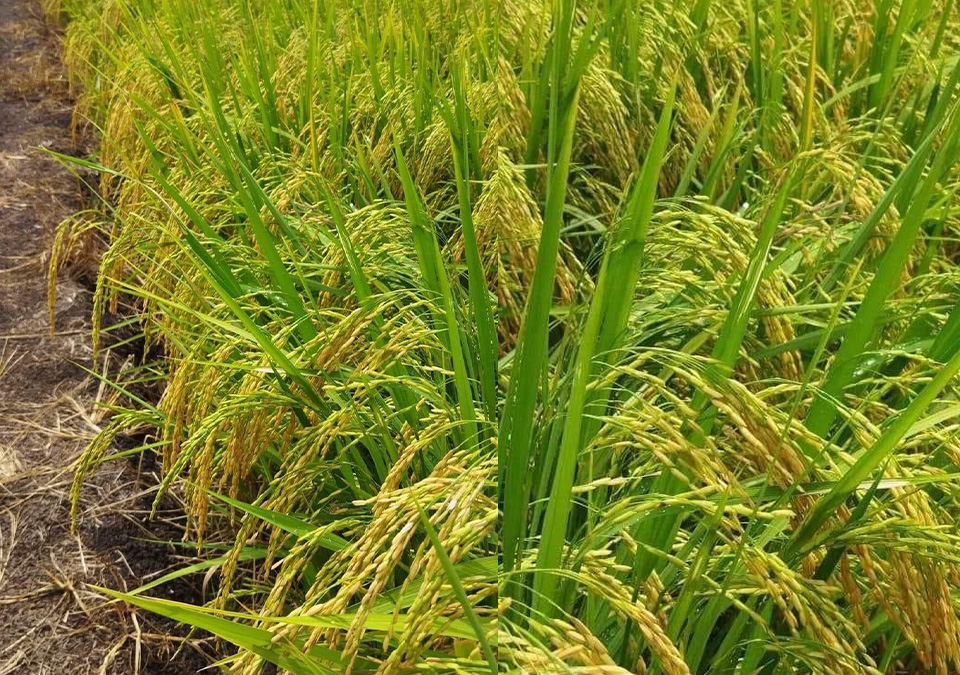Features and benefits of Humus
benefits of Humus
It is a material obtained by fermentation. waste material From industrial factories such as chicken slaughterhouses, paper mills, and vegetable oil factories, is used as a pellet-holding aid in case of molding into pellets. and adding organic matter.
Humus is an essential oil component
Humus is non-living and organic matter. that is well sorted in the natural soil Caused by the degradation of plant, or animal remains by microorganisms. Humus can vary in color from brown to dark brown to black. Contains more than 60% carbon. Nitrogen from 6% or more. There are also small amounts of phosphorus and sulfur. As humus breaks down its constituents will be transformed into a form that is beneficial to plants
Humus can be divided into three forms.
Mor humus or raw humus is Born in soils with small amounts of microorganisms or animals such as earthworms. To help decompose organic compounds on the soil surface. This type of humus is formed by low biological activity in the soil. the formation of inorganic substances from organic matter So it proceeded slowly, creating different layers. that maintains the original structure of the source material before decomposition, such as plants or animals The microbes involved in this translation Including fungi that are acidic. and invertebrates with slow decomposition Under these conditions, a very thick layer of organic debris is formed. The carbon to Nitrogen Ratio (C/N Ratio) of this type of humus is quite high, more than 20/1, or may reach 30-40/1, and is acidic (low pH).
Moder humus is another type of humus that is externally between mor and mull humus. Sometimes mods are called insects. mull) because the distinguishing feature is the presence of many small insects in this class. These microbial chains help to combine plant remains and inorganic particles, substances, or minerals into a reticular structure. Modern humus contains more organic material than mull humus. But these organic substances do not mix into the composition. which are truly inorganic substances Therefore, modal humus is a form of transitional humus. The organic horizon is the layer of the soil. arising from the accumulation of organic matter in parallel processes on the surface of the earth For the modern humus it consists of a layer of organic debris. A substance that is only 2-3 centimeters thin. which will gradually pass through the organic matter plane of humus accumulation Modern Humus Therefore, is another type of humus that has been through the humifique process. medium level by live acidic fungi And tiny insects called arthropods help to decompose to transfer plant debris. The carbon to nitrogen ratio (C/N ratio) is 15-25/1, forming many unstable organic-mineral complexes. and loosely attached to the inorganic part of the soil
Mull humus forms in warm, humid climates of grasslands or hardwood forests as loose humus. Prunes decompose quickly and mix with inorganic substances. Or minerals in the soil very well, so there is no clear separation, and found bacteria, earthworms, and larger insects in large quantities It is an organic matter that has been transformed into humus very well by the interaction of such organisms. This type of humus is neutral pH, a C/N ratio close to 10/1, and can form stable organic-mineral complexes. This type of humus is found in less cultivated areas.

